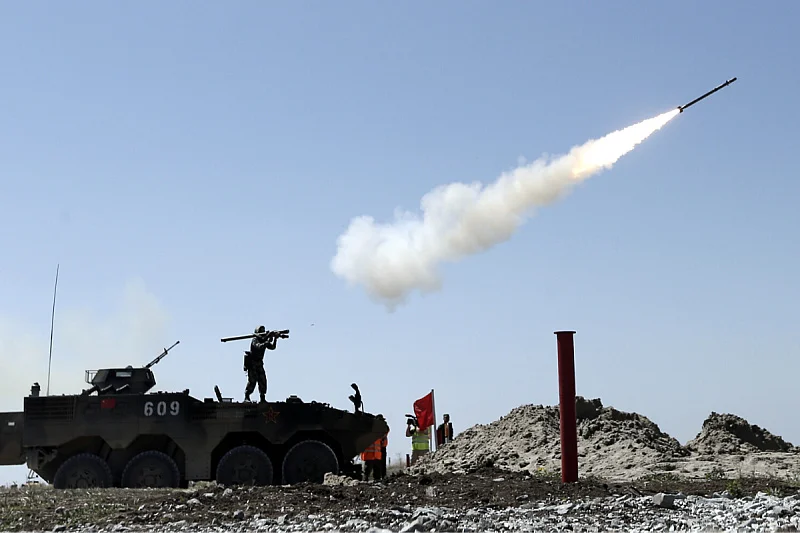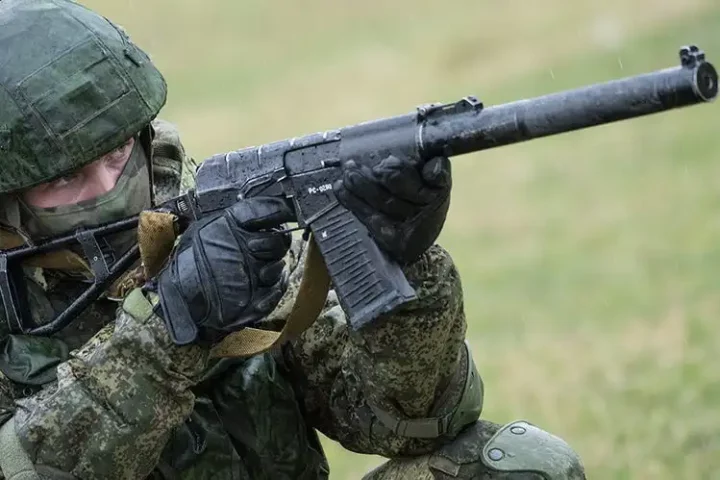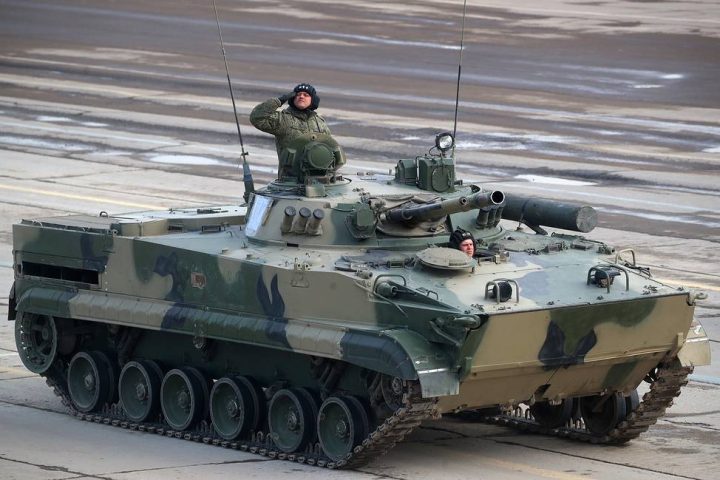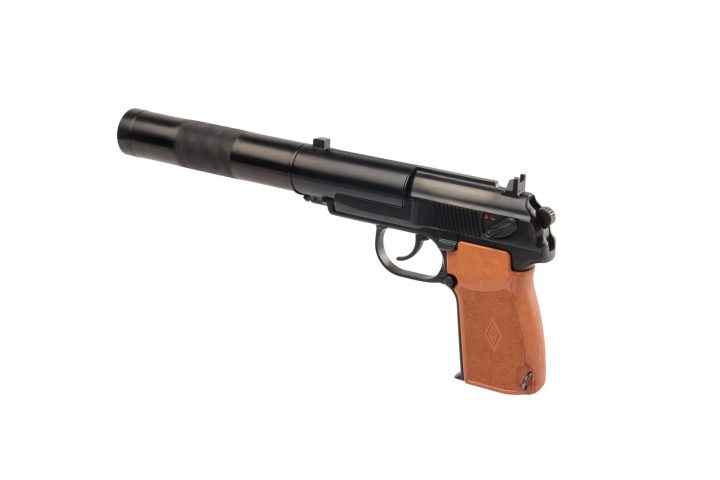The 9K38 Igla is a Russian/Soviet man-portable air defense system (MANPADS) that uses infrared homing technology to target and destroy enemy aircraft. Manufactured by KBM (Konstruktorskoye Byuro Mashynostroyeniya) since 1983, this compact missile system carries the NATO designation SA-18 “Grouse” and remains widely used in global conflicts today.
Origins and Development
Development of the Igla began in 1971, with the primary objective of replacing the aging and less effective 9K32 Strela-2 system. Contrary to popular belief, the Igla is not simply an improved Strela, but a completely redesigned and far more sophisticated weapon with significant enhancements in targeting precision, countermeasure resistance, and operational reliability.
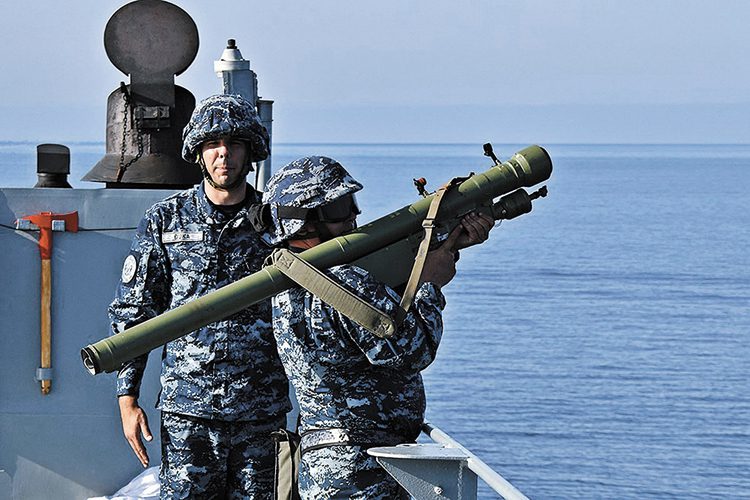
As technical challenges mounted, Soviet engineers decided in 1978 to divide the program into two tracks:
- One to complete the development of the full-capability Igla system.
- Another to create a simplified version based on Strela, designed for faster production and earlier deployment.
This bifurcation led to the introduction of two distinct versions: the Igla-1 (9K310) and the later 9K38 Igla, each offering unique battlefield advantages.
PARS 9K38 Igla-1 (9K310): Early Service Entry
The Igla-1, designated SA-16 “Gimlet” by NATO, officially entered Soviet service on April 11, 1981. While it incorporated certain Strela components, it introduced critical improvements, including:
- Aircraft identification system to prevent friendly fire incidents.
- Slightly larger missile body with redesigned fins for better aerodynamics.
- Cooled infrared seeker, reducing susceptibility to flares and improving lock-on stability.
Although considered a transitional model, the Igla-1 provided vital air defense coverage for Soviet infantry units in the early 1980s.
9K38 Igla: Full-Featured, Frontline Capability
The fully realized 9K38 Igla system entered service in 1983 and delivered major enhancements over the Igla-1:
- Superior jamming resistance, crucial in modern electronic warfare.
- Enhanced seeker sensitivity, allowing quicker and more reliable lock-on.
- 360-degree engagement—capable of targeting both approaching and departing aircraft (previous systems only struck targets from the rear).
- Extended range and altitude envelope, improving coverage on the battlefield.
- The missile’s remaining fuel acts as an additional explosive upon impact, boosting damage against airborne targets.
Naval and Export Variants
The Igla platform was also adapted for other roles:
- SA-N-10 Grouse – A navalized version for shipboard defense.
- Igla-1E – Export version for international clients.
- Igla-1D – Lightweight version for airborne and special forces.
- Igla-1V – Air-launched variant, mounted on helicopters.
- Igla-1N – Heavier warhead variant with reduced speed and range.
- Igla-1S – Upgraded model featuring longer range, refined guidance, and a more powerful warhead.
9K38 Igla: Specifications
| Category | Details |
|---|---|
| Type | Man-portable air defense system (MANPADS) |
| Origin | USSR / Russia |
| In Service Since | 1983 |
| Manufacturer | KBM |
| Estimated Cost | $60,000–$80,000 USD (as of 2003) |
Missile Characteristics
- Weight: 10.8 kg
- Length: 1.574 m
- Caliber: 72 mm
- Warhead: 1.17 kg (390 g of high explosive)
- Fuze: Contact and proximity
- Propulsion: Solid-fuel rocket motor
- Operational Range: 5.2 km
- Maximum Altitude: 3.5 km
- Speed: ~800 m/s (approx. Mach 2.3)
- Guidance System: Infrared homing (“fire-and-forget”)
A Legacy That Endures
Even decades after its introduction, the 9K38 Igla continues to play a significant role in global conflicts, particularly in asymmetrical warfare environments where mobility and rapid response are critical. Its portability, ease of use, and proven effectiveness against helicopters, drones, and low-flying aircraft ensure that this Soviet-era missile system remains highly relevant on modern battlefields.
